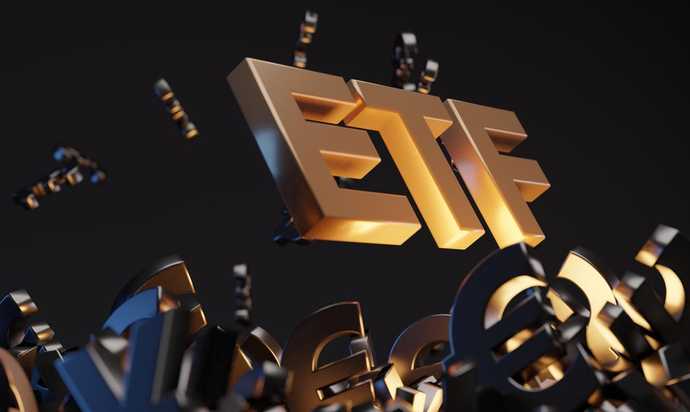Crypto Glossary
ETF (Exchange Traded Fund)
Like a stock, an exchange-traded fund – ETF can be purchased and sold during the day. As a result, ETFs often have lower costs than other forms of investment vehicles. ETFs come in a variety of types, each with a different amount of risk.
Like a stock, an exchange-traded fund – ETF can be purchased and sold during the day. As a result, ETFs often have lower costs than other forms of investment vehicles. ETFs come in a variety of types, each with a different amount of risk.
What is an ETF (Exchange Traded Fund)?
Unlike a typical stock, exchange-traded funds (ETFs) track a specific index or other assets. They can be purchased or sold on a stock market just like ordinary stocks. Depending on its structure, an ETF can be designed to track anything from a single commodity’s price to a huge and diverse group of securities. To track a certain investing strategy, ETFs might be designed.
Because it is exchanged on a stock exchange, an ETF is termed an exchange-traded fund. As shares are purchased and sold on the market, the price of an ETF’s shares will fluctuate during the trading day as well. Instead of trading on a stock exchange, mutual funds trade just once a day, after the markets shut. Comparatively, ETFs tend to be more cost-effective.
Understanding ETF
Here is a rough idea of how ETFs work: Investors buy shares of an ETF from the fund provider, which owns the underlying assets. The fund provider then tracks the performance of the underlying assets through the fund. They own a share of the fund, but not its underlying assets. An ETF that tracks a stock index may still pay lump sum dividends to investors or reinvest dividends received from the stocks that make up an index.
ETFs are meant to replicate the value of their respective assets or indexes — such as gold or a basket of stocks. However, they trade at market-determined values that are usually different from the asset’s value. An ETF’s long-term returns will also be different from its underlying asset due to expenditures.
Different types of ETF
Investors have access to a variety of ETFs that may be utilized to generate income, speculate, boost prices, and hedge or partially offset risk in their portfolios. Bond, Stock, Industry, Commodity, Currency, and Inverse are some of the most widely-used types of ETFs today.
